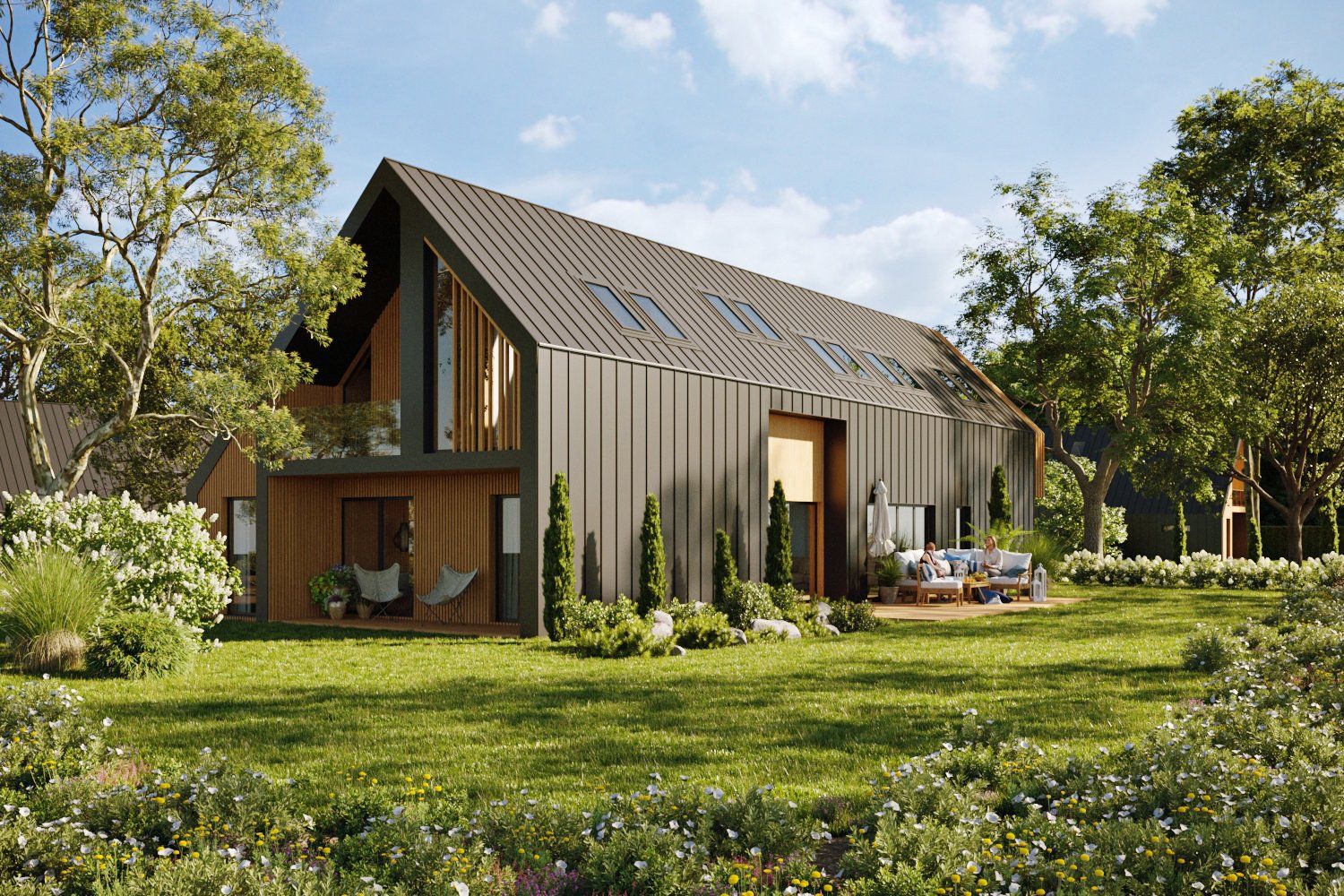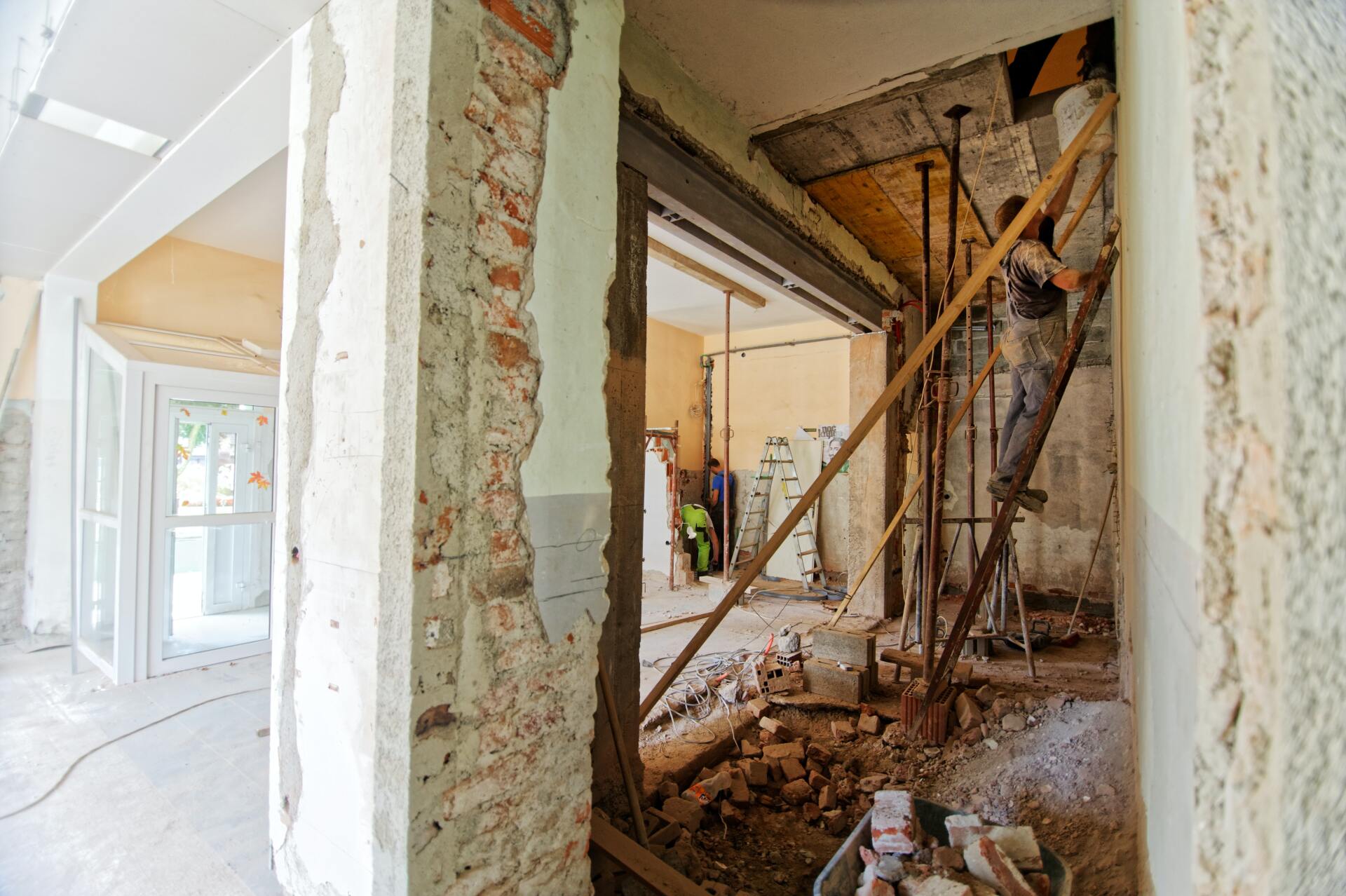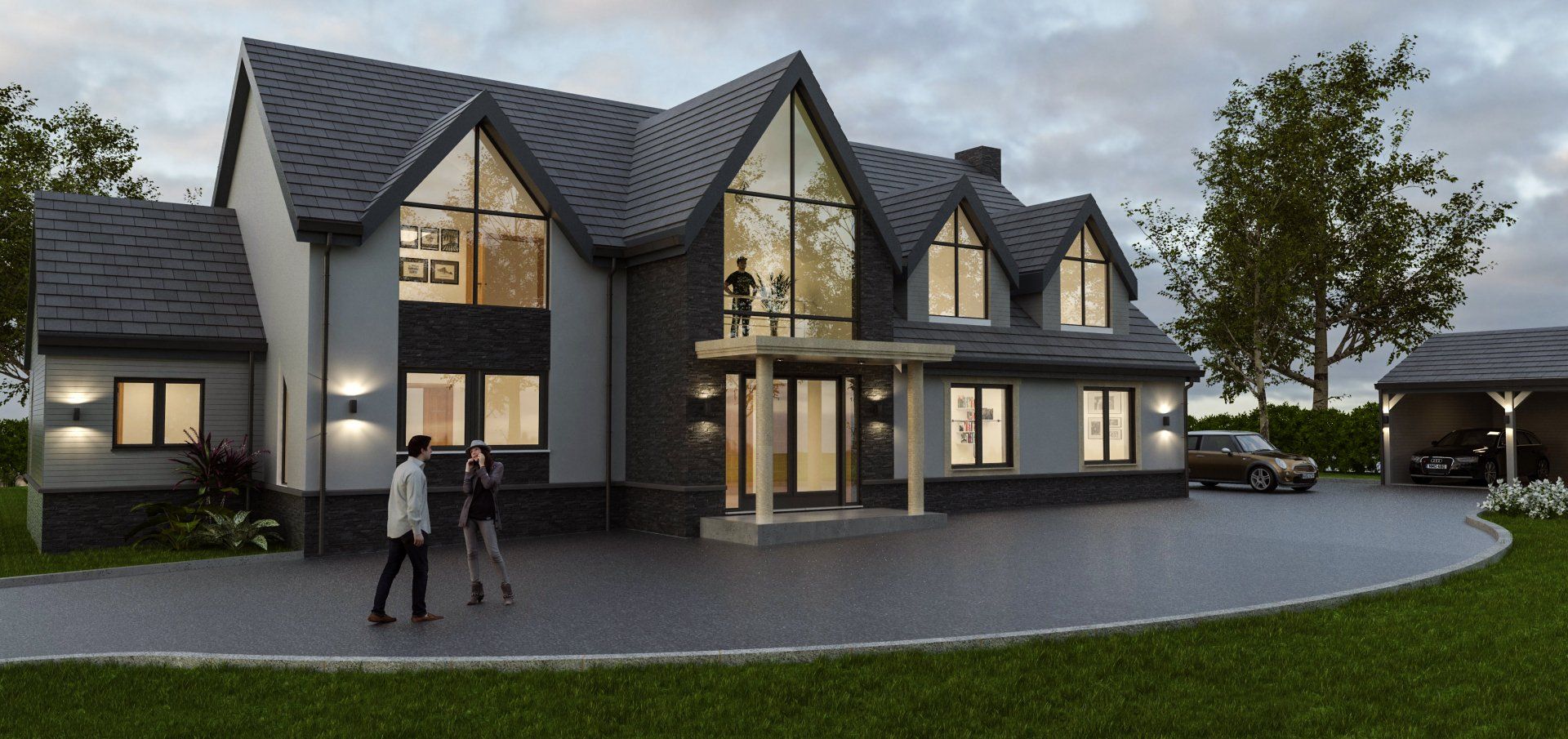









1. If you are working with professionals such as Design Work Studios, you will typically kick things off with a meeting to discuss the feasibility of your project.
We are not shy to give you a reality check if it is going to save you a headache down the road!
2. A building survey is undertaken to create plans and elevations of the existing property.
Even if you are only changing one area of your house, the plans and elevations must include the entire property.
3. Working from the existing plans, your designers will prepare a concept design. This can include 2D drawings and 3D visualisations.
The detailed technical drawings come after planning permission is granted. That’s when you get to decide where your light switches go, and what kitchen counter tops you want!
4. In the meantime, all relevant checks and documentation are gathered.
Apart from the National requirements, your local authority will have its own specific requests – such as a bat survey!
5. Your planning application is submitted containing: A location map, a site plan, an ownership certificate, both existing and proposed plans and elevations, a design and access statement, plus any additional local requirements.
A clear, brief, well-worded design statement may increase the likelihood of approval. In fact, some authorities may refuse to register your application without one!
6. Although your neighbours will be officially notified in the next stage, it is a good idea to let them know of your plans rather than have it sprung on them.
Potential issues to consider are overlooking and overshadowing of neighbouring properties.
7. Once received, your application is validated, and public consultation begins, with a sign being posted outside your property explaining the intended work and inviting feedback from neighbours.
Objections by your neighbours won’t necessarily put the kibosh on your application – ultimately, the decision is up to your local planning department.
On the other hand, precedent – such as other houses on your street with the same feature – does not guarantee you will get approval.
8. A decision will be made on your application within 12 weeks. However, the process can be unpredictable, so we advise allowing time for not receiving permission on the first attempt.
If we believe your application is going to be refused, we can withdraw it up to the day of the decision date and resubmit (with amends) without needing to pay a further fee!
9. If your application is refused, you have the option to appeal, or amend the design and reapply.
You can submit multiple planning options for one site, then choose which you wish to go with (provided it is still valid at the time of construction).
10. Once approved, you must have made a ‘meaningful start’ on construction within three years.
‘Meaningful’ means more than just popping in a few fence posts to buy some time!









Design Work Studios